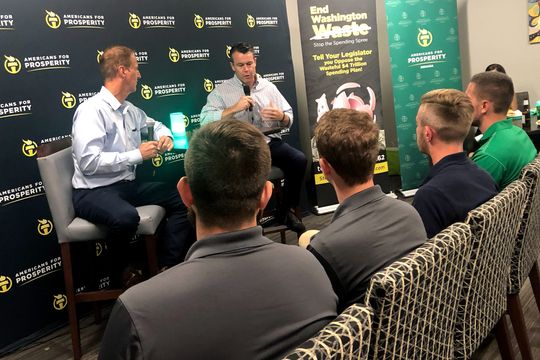
Sen. Todd Young warned the few dozen conservatives gathered this month in the basement of a sushi restaurant that their activism could be the only thing to stop Congress from spending trillions of dollars of tax money.
“You flooding the zone with your concerns will amplify for members just how serious they are,” the Indiana Republican said.
After Mr. Young’s remarks, his audience talked among themselves about school-board meetings and the state’s coronavirus rules. Government spending, said Dan Groves, a local libertarian leader at the event, “is important, but it’s almost on the back burner.”
Beginning in February 2009, Americans gathered by the thousands at high-energy tea-party rallies to protest federal spending to stimulate the economy and government bailouts during the recession caused by the subprime mortgage crisis.
Some Democrats and civil-rights groups have alleged there were racial undertones in the tea-party movement, which began during the tenure of the first Black president, and in which government spending programs it chose to target. Tea-party leaders have said their actions were motivated by concerns about the size of government, not by animus toward former President Barack Obama or the race of the beneficiaries of any government program.











